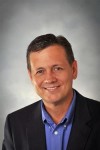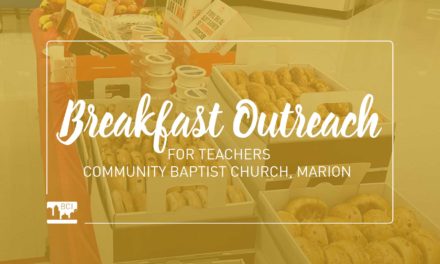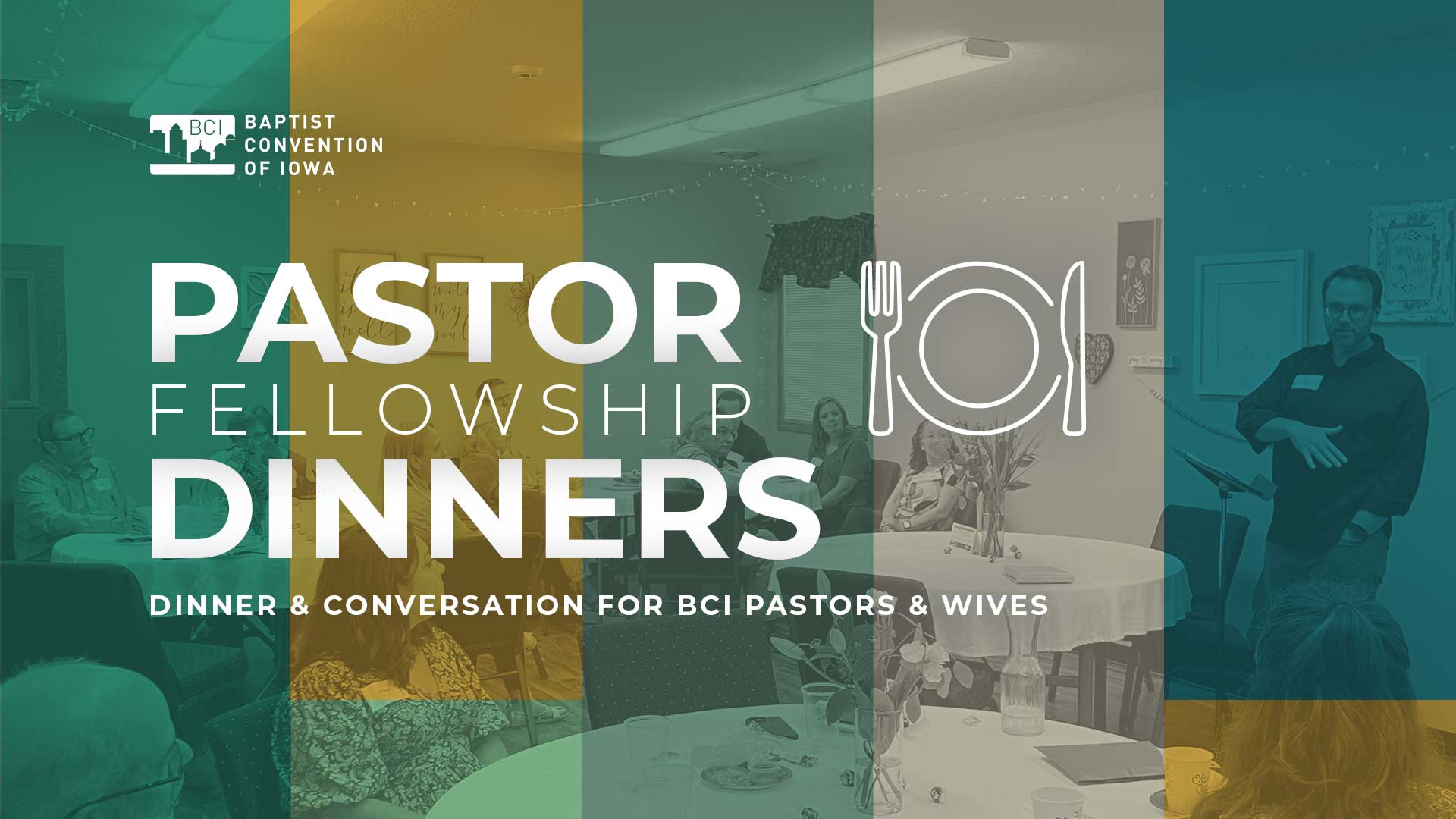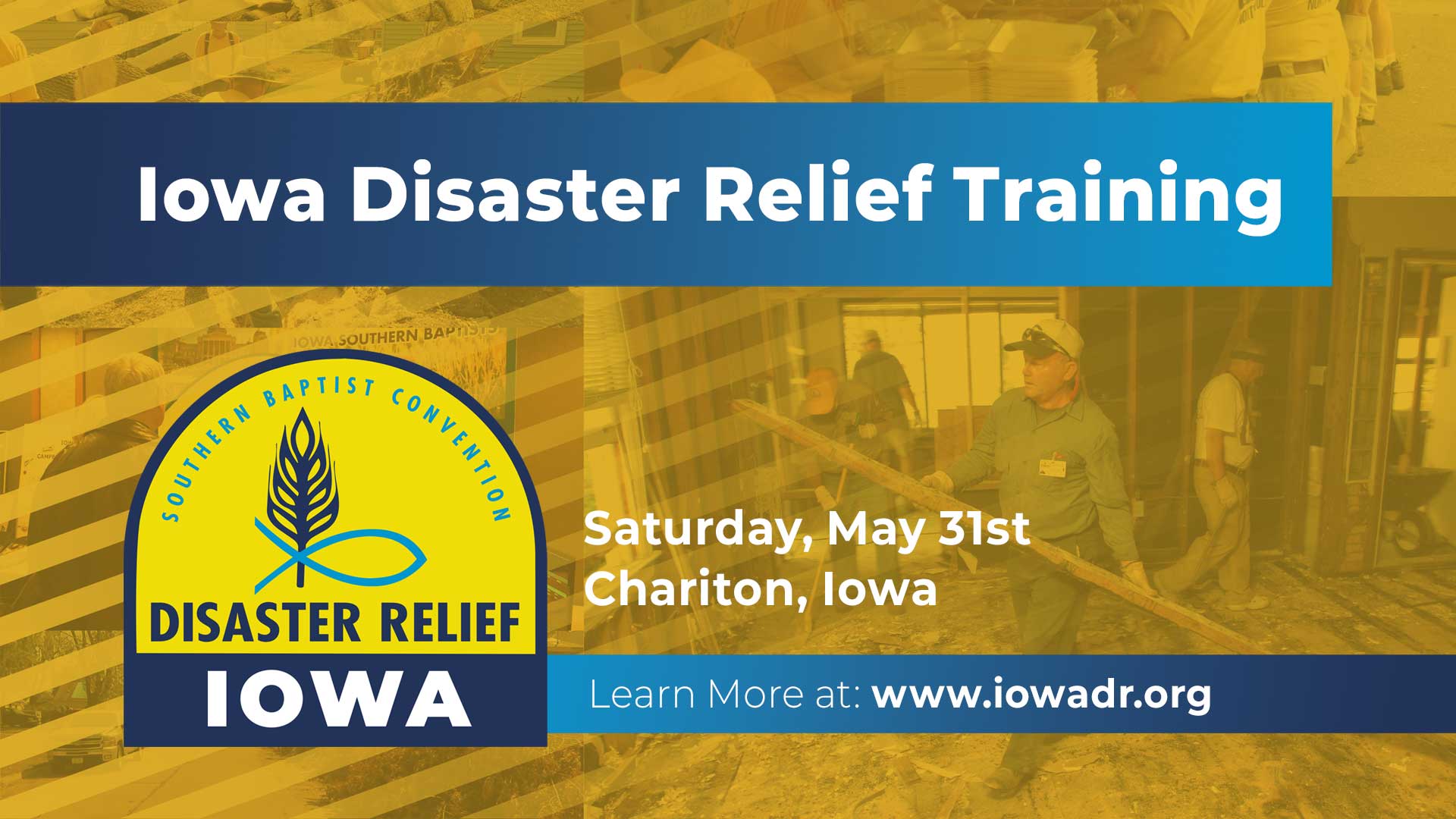By Kevin Ezell
Southern Baptists are blessed with many resources and we are grateful for every dollar churches send to us for missions and ministry in North America. But at the end of the day we receive a finite amount of funding and we must prioritize spending.
When I became president in 2010, our trustees directed us to focus more on evangelistic church planting. We believe churches that proclaim Christ in a community are the best ongoing form of evangelism.
In the midst of this priority shift we also engaged in several important studies. First, we looked at where the deepest pockets of lostness existed in the US and Canada. As you might expect, our tribe has done pretty well in the South with one church for every 2,697 people. But in other regions it’s not so good: 1 to 12,802 in the Midwest; 1 to 16,084 in the West; 1 to 37,788 in the Northeast; and 1 to 117,925 in Canada.
As population grows more dense, our ratio gets worse. In New York State it is one church for every 57,900 people. In New Jersey it’s 1 to 75,124. In Ontario, where Toronto is located, it’s 1 to 233,414.
Next we looked closely at how NAMB’s funding was disbursed back in 2010 and we found some inequalities. In Alaska, we were providing funding at a level of $1.83 per person. In New York, it was only 10 cents per person. Yes, Alaska’s vast space makes it difficult to reach, but New York’s population density and high cost of living bring challenges as well.
Finally, we found our personnel was not distributed appropriately. We were funding too many roles in the South and in lesser-populated areas that had church-to-population ratios much better than the needy non-South regions.
After re-thinking and restructuring our funding and personnel distribution, we developed the Send North America strategy. The money and the math of the strategy look like this:
- Prioritize population centers—Eighty-three percent of North Americans live in and around our large cities. Yet Southern Baptists have lost great ground in our cities since the mid-1900s. Our strategy and funding puts more resources and seeks to engage more established churches to start evangelistic churches in our urban areas.
- Increased funding and personnel to non-South regions—Since implementing the Send North America strategy, funding to non-South regions has increased 25 percent. This does not necessarily mean funding directly to state convention budgets has increased by that much, but more money than ever before is flowing to non-South regions with great spiritual needs. In all, we sent $32.6 million to non-South state convention partners in 2012 and an additional $20.6 million to non-South regions through our Send North America strategy. We still fund personnel at non-South state conventions and many of these are evangelism roles. The church planting funding we send to state conventions can be used wherever they deem necessary.
- Decreased funding to South state conventions—Most SBC resources reside in the South. Our South state convention partners have been great about helping us make transitions that will allow us to send less money to them so more can go to non-South areas. This begins in earnest in 2016. We highly value our partnership with South state conventions and we will continue to work with each of them.
- Personnel distributed by population—Prior to 2010 some of our personnel was bunched up in certain areas and missing from others. Now our plan is to evenly distribute church planting catalysts (CPCs) throughout the US and Canada based on the population in each area. Ideally we eventually want one of these catalysts for every million people in a state. So if a state has 13 million residents, there will be 13 CPCs. If a state has fewer than a million people, it still will have at least one CPC. In Alaska, a state with 800,000 people, we have three CPCs, each located in one of the major population centers. CPCs work with church planters and partners to start four churches a year—urban, suburban, rural—in the area in which they are located. If their area has a plentiful number of churches already, they focus on helping those churches start new churches in other cities or regions where churches are needed.
Meanwhile, our ministry involvement in other areas such as Church Revitalization, Disaster Relief, Chaplaincy, LoveLoud (ministry evangelism) and Collegiate Evangelism continues, but we will always be sure these are directly connected to and benefit the local church.
To learn more about NAMB’s Send North America strategy visit Mobilize Me
Dr. Kevin Ezell serves as the President of the North American Mission Board, providing strategic vision, direction, and leadership as NAMB works to reach North America through evangelism and church planting.












